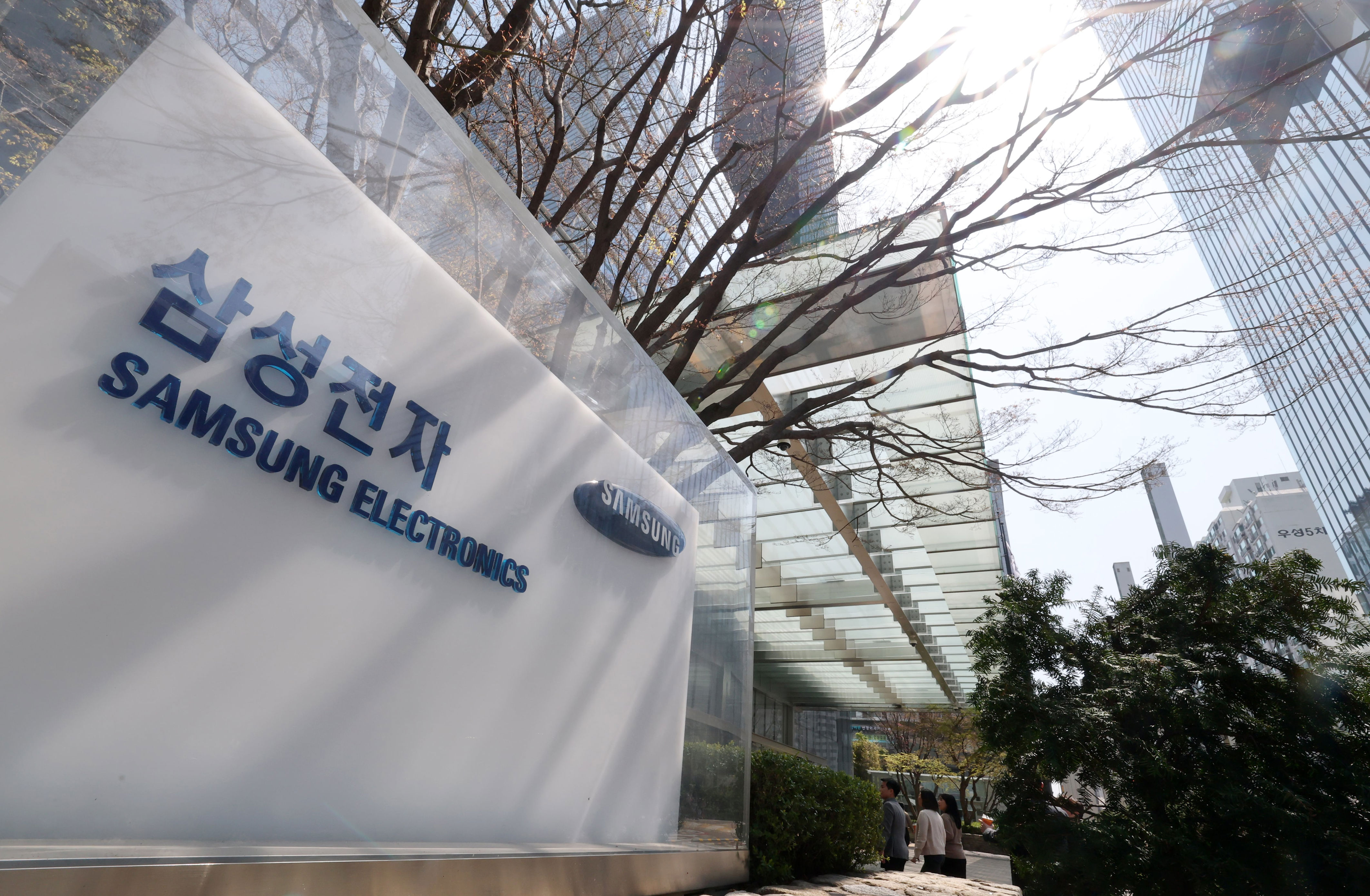
Samsung Aims for Memory Market Rebound Amidst Evolving AI Landscape
Samsung Electronics is strategically positioning itself for a resurgence in the memory market, capitalizing on anticipated growth in commodity DRAM sales and promising advancements in next-generation High Bandwidth Memory (HBM) technology. The company's robust production capacity is emerging as a key asset, particularly as the industry grapples with surging demand for AI chips and related components.
GDDR7 Emerges as a Potential Game Changer in AI Acceleration
The architecture of AI accelerators, the engines driving advancements in artificial intelligence, is undergoing a significant shift. Traditionally reliant on HBM for its ability to process vast datasets concurrently, the landscape is now witnessing the emergence of GDDR7 as a viable alternative. While HBM remains the gold standard for AI training, its widespread deployment can lead to inefficiencies, particularly when accelerators remain idle after the training phase.
NVIDIA's introduction of the 'Rubin CPX' AI accelerator, equipped with GDDR7 instead of HBM, marks a pivotal moment. GDDR7, a high-performance memory, excels in AI inference tasks due to its speed capabilities. This alternative approach offers a more cost-effective solution, with the Rubin CPX priced at approximately 40% of the existing Rubin model.
This development is generating considerable excitement within the memory semiconductor sector as it broadens the application of commodity DRAM, specifically GDDR7, within the AI semiconductor market, previously dominated by HBM. The demand for commodity memories, including graphic DRAM (GDDR) and low-power DRAM (LPDDR), is poised for expansion. NVIDIA's decision to equip its China-specific AI accelerator, the 'B40,' with GDDR7 further underscores this trend.
The shift towards GDDR7 presents a significant opportunity for Samsung Electronics. Reports indicate that NVIDIA has requested Samsung to increase its GDDR7 supply, signaling a growing reliance on this memory type. Analysts project substantial revenue gains for Samsung, estimating potential earnings of $384 million from the B40 alone, with projected shipments of one million units this year.
Looming Commodity DRAM Shortage Creates Favorable Conditions
The escalating demand for AI is expected to trigger a shortage in the supply of commodity DRAM. Forecasts from leading financial institutions suggest that DRAM and NAND flash supply volumes will fall short of demand in the coming year, exacerbating existing supply chain pressures. The impending general server replacement cycle is further amplifying memory demand.
Despite this rising demand, semiconductor companies have been hesitant to significantly expand DRAM production facilities, primarily due to industry uncertainties. The majority of new facility investments are directed towards the production of next-generation semiconductors, specifically HBM.
Samsung Electronics, with its substantial production capacity, is uniquely positioned to capitalize on this anticipated shortage. The company boasts a monthly commodity memory production capacity of 450,000 wafers, representing a significant portion of the total production capacity of the world's top three memory manufacturers. This scale advantage, coupled with its investments in both commodity DRAM and 6th-generation HBM (HBM4), is expected to translate into direct benefits for Samsung as the DRAM supply tightens.
Resurgence in Demand for Older Generation Semiconductors
The dynamics of the DRAM market are also being influenced by a resurgence in demand for older-generation semiconductors. As semiconductor companies transition from DDR4 to DDR5 in the DRAM market, demand for the older DDR4 standard remains robust in various electronics applications, driving prices upward. Projections indicate a substantial increase in consumer DDR4 prices in the coming quarter. In response, Samsung has reportedly extended its DDR4 production timeline to capture this ongoing demand.
Anticipated Improvement in Operating Profit
These favorable market conditions are expected to drive a significant improvement in Samsung Electronics' semiconductor performance, starting next year. Projections anticipate substantial growth in operating profit, reflecting the positive impact of increased commodity DRAM sales, advancements in HBM technology, and strategic positioning within the evolving AI landscape.
- Strategic Advantages: Samsung's strength lies in its substantial production capacity and diverse memory product portfolio.
- Market Opportunities: The rise of GDDR7 and the looming DRAM shortage present lucrative avenues for growth.
- Future Outlook: Samsung's semiconductor division is poised for a significant turnaround, driven by innovation and market demand.
The company's ability to adapt to changing market dynamics and capitalize on emerging opportunities will be crucial in achieving its goal of regaining its leadership position in the memory market.

No comments:
Post a Comment